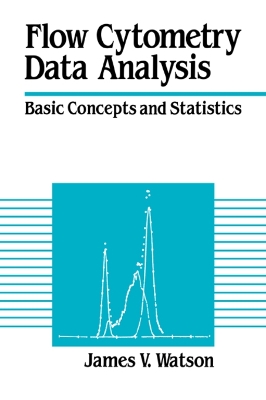Flow cytometry is now well established in research laboratories and is gaining increasing use in clinical medicine and pathology. The technique enables multiple simultaneous light scatter and fluorescence measurements to be made at the individual cell level at very rapid rates and results in very large quantities of data being collected. Data, however, is just a series of numbers which have to be converted to information which, in turn, must be shown to have meaning. This is the most important single aspect of flow cytometry but it has received relatively little attention. One of the frequently voiced advantages of the technology is that it produces 'good statistics' because large numbers of cells have been analysed. However, it is not very often that confidence limits are placed on results, hence the reader has little or no feel for the inherent variability in the information produced. This book covers very basic number handling techniques, regression analysis, probability functions, statistical tests and methods of analysing dynamic processes. All those who use flow cytometry in their research will find this book an invaluable guide to interpreting the data produced by flow cytometers.
- ISBN13 9780521019705
- Publish Date 15 September 2005 (first published 27 November 1992)
- Publish Status Active
- Out of Print 10 August 2022
- Publish Country GB
- Imprint Cambridge University Press
- Format Paperback (US Trade)
- Pages 300
- Language English
